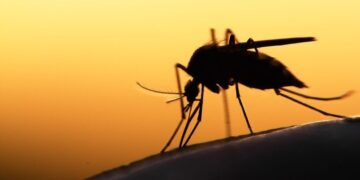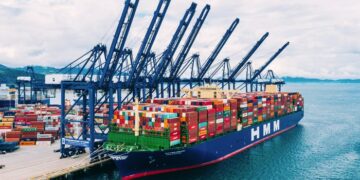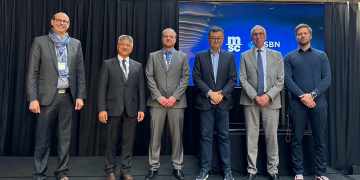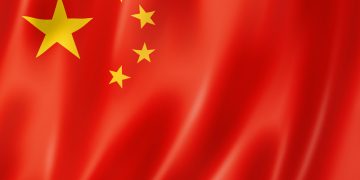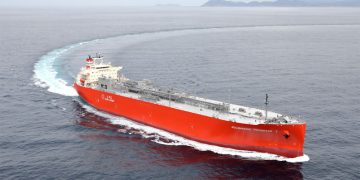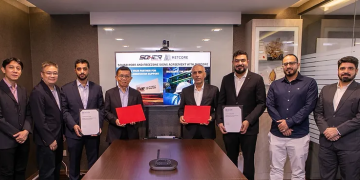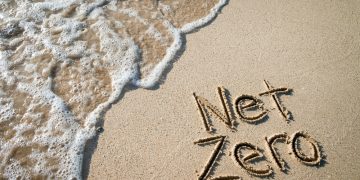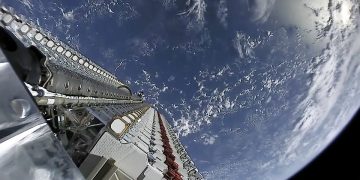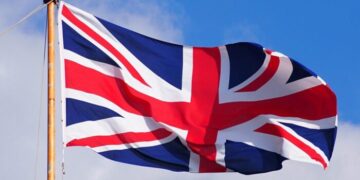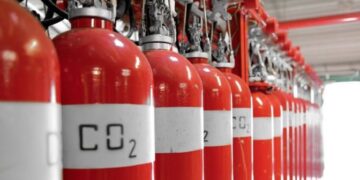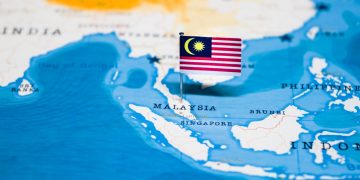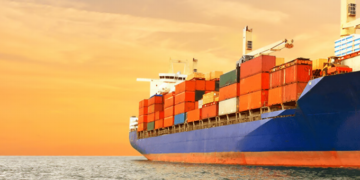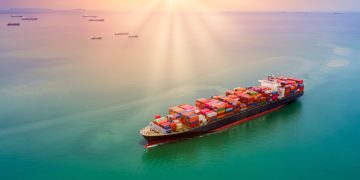Stowaways threaten fisheries in the Arctic
The stowaways can arrive either as biofouling or via water in the ballast tanks An international team of researchers led by PhD candidate Chris Ware from the University of Tromsø in Norway has for the first time been able to calculate the risk of new species establishing themselves in Arctic waters. Specifically, the researchers have investigated the maritime traffic to Svalbard. Chris Ware explains:The survey shows that up to one third of the 155 ships that entered the ports of Svalbard during 2011 came from ports that will in the future have an environmental match with Svalbard, thereby increasing the risk that harmful species, which may be brought in as stowaways on ships, will be able to establish themselves.The stowaways can arrive either as biofouling on the outside of the ships or via water in the ballast tanks.In 2011 ships that called at Svalbard emptied their ballast tanks 31 times, producing a total volume of 653,000 cubic meters, equivalent to more than 261 Olympic-size swimming pools. Considering each cubic metre of ballast water may contain hundreds of thousands of organisms, billions of organisms can be introduced by ships every year. Slightly more than half of the vessels had replaced the ...
Read more




